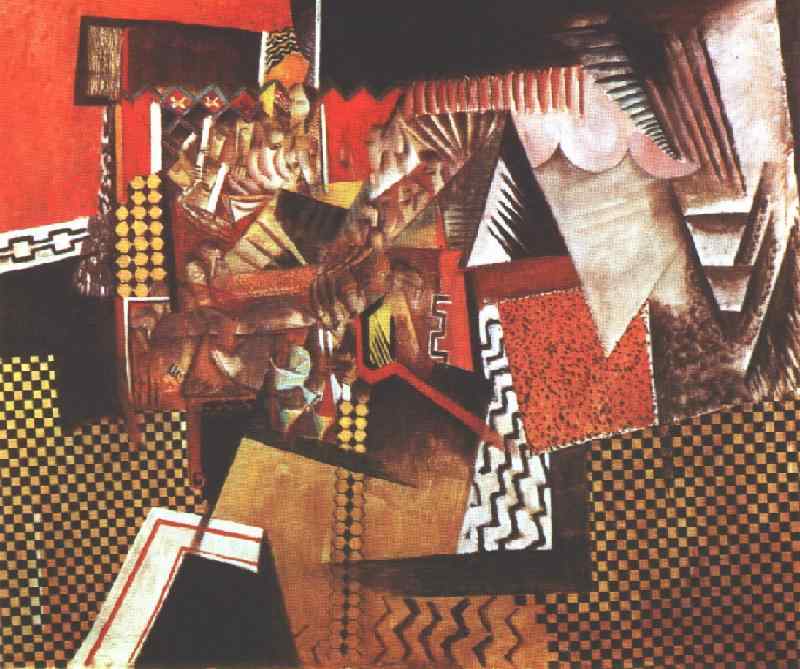What happens in your brain when you have a pleasurable experience -- for example, when you see at a painting that you like very much. Scientists describe this as an aesthetically pleasing experience. They want to know if simply seeing a painting that you enjoy engages an emotional response and triggers the emotion circuits in your brain.
Neuroscientists have shown that our brain responds fastest to what a painting is about, is it a portrait or a landscape. And a bit slower to recognize the style of the painting, is it abstract or impressionism. But Dr Ed Vessel a Neuroscientist at New York University's Center for Brain Imaging asked a different question. He wanted to know how seeing a painting makes us feel.
What's going on in our brain when we have a strong emotional response to seeing a painting? This is a very old question and one that artists ask all the time. Will my painting evoke an emotional response when someone looks at it?
This week at the Vision Science Society meeting in Naples Florida, Dr Vessel reported the results of his brain imaging study designed to find out what goes on in our brain when we look at an aesthetically pleasing piece of art. He showed subjects paintings and asked them to rate the paintings from 1 to 4. Subjects were told that they were helping an art curator decide which paintings to include in an art exhibit and to rate a painting as 1 if they didn't like it, and 4 if they liked it a lot. The subjects looked at the different paintings and gave the ratings while in an MRI machine so that the responses in their brain could be imaged.
An interesting thing happened when the subjects saw a painting that they liked a lot. Those painting evoked a different response in their brains. There was a very strong response in multiple areas -- the left medial prefrontal cortex, left substantial nigra, and left hippocampus. Brain areas that span regions involved in higher order cognitive processing, emotion, and memory. A large and diverse array of neural areas.
Each subject picked different paintings as the most pleasing. But the responses in the brain were the same. The same set of regions in the brain responded to the paintings that they liked the best. This means that it is how the paintings made the subject feel rather than something simple like the colors in the paintings, that drove these response in the brain.
Dr Vessel said "a rating of 4 really engaged our subjects a lot". For Ed Vessel, these systems are engaged when he sees one of his favorite paintings, the Chinese Restaurant by Max Weber.

The meaning of the painting is the most important factor for the response in the brain. When subjects saw a painting that they thought was beautiful there was a very strong response. Vessel said "the prefrontal cortical areas seem to integrate the emotional and aesthetic reaction to looking at these paintings".
These studies give us a new appreciation for what's going on in the brain when we see something that we like. And show that just seeing something beautiful engages a wide range of cognitive, emotion, and memory circuits in the brain.
For more information you can look at Dr Edward Vessel's website.



Comments